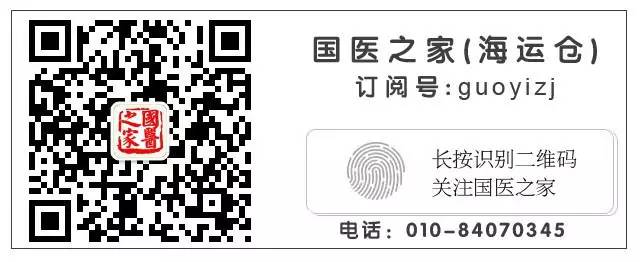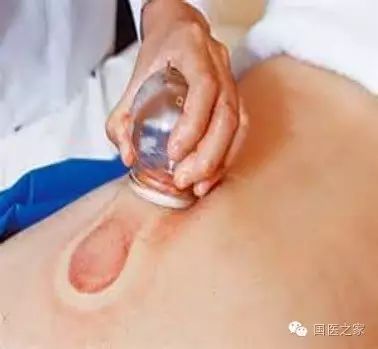 1 What is Cupping Therapy
1 What is Cupping Therapy
Cupping therapy (zǒu guàn), also known as sliding cupping or moving cupping, involves applying a lubricating medium to the treatment area and the rim of the cup, followed by using the flash fire method to create suction on the selected area of the skin. The practitioner then moves the cup over the skin surface using one or both hands until the local skin becomes red, congested, or even bruised. Cupping therapy is remarkably effective, especially for conditions in larger areas with substantial muscle mass, such as low back pain, knee pain, sciatica, and dysmenorrhea, providing benefits that other therapies cannot replace. However, due to specific requirements in technique and some discomfort experienced by patients during treatment, the cooperation between the practitioner and the patient often becomes the key to achieving therapeutic effects.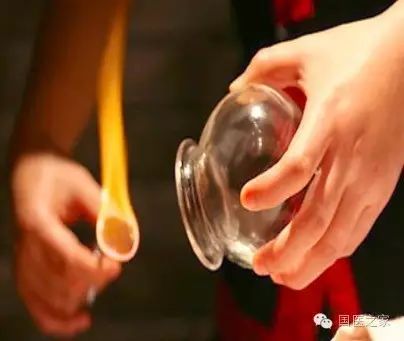
2 Overview of Cupping Techniques
The practitioner combines the speed of cupping with the strength of suction to produce different effects. Cupping techniques are generally divided into four types: light suction with slow movement, heavy suction with slow movement, light suction with fast movement, and heavy suction with fast movement.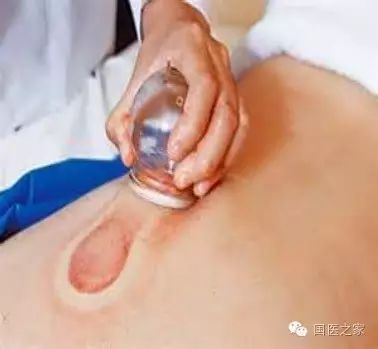
① Light Suction with Slow Movement
This technique involves initially allowing the skin to adhere to the cup for 2-4 mm, with a movement speed of 2-4 cm/s. The gentle suction and slow movement provide a mild warming stimulation to the skin, helping it adapt to stronger cupping stimuli, effectively alleviating pain caused by cupping and increasing patient acceptance of the therapy. This method is commonly used at the beginning of cupping treatment.
② Heavy Suction with Slow Movement
This technique allows the skin to adhere to the cup for 7-10 mm, with a movement speed of approximately 2-4 cm/s. This method creates a strong negative pressure within the cup, resulting in deep tissue effects. Slow cupping can invigorate blood and qi, helping to dispel stagnation and open the meridians. This method is used to harmonize blood and qi.
③ Light Suction with Fast Movement
This technique allows the skin to adhere to the cup for 2-4 mm, with a movement speed of over 25 cm/s. This method creates a low negative pressure within the cup, resulting in shallow tissue effects. Rapid cupping stimulates defensive qi (wei qi) and expels pathogenic factors. Additionally, the rapid movement has a massage and guasha effect, providing warming stimulation. This method primarily stimulates defensive qi.
④ Heavy Suction with Fast Movement
This technique allows the skin to adhere to the cup for 4-7 mm, with a movement speed of approximately 15-25 cm/s. This method creates a negative pressure that is less than heavy suction with slow movement but greater than light suction with fast movement, providing moderate effects. It can stimulate both defensive qi and dispel stagnation, promoting the flow of qi and blood. The negative pressure and warming effects are transmitted through skin receptors to the central nervous system, regulating the excitatory and inhibitory processes of the cerebral cortex, enhancing its regulatory function over various body parts. This method achieves a dual connection of nutritive and defensive qi.
3 Mechanism of Action
1. Balancing Yin and Yang: Excess Yang leads to heat, while excess Yin leads to cold. Fever is a manifestation of excess Yang, while chills and aversion to cold are symptoms of excess Yin. Performing cupping around the Dazhui (大椎) area can dispel heat and treat febrile diseases, while cupping at the Guanyuan (关元) point can treat cold-related diseases.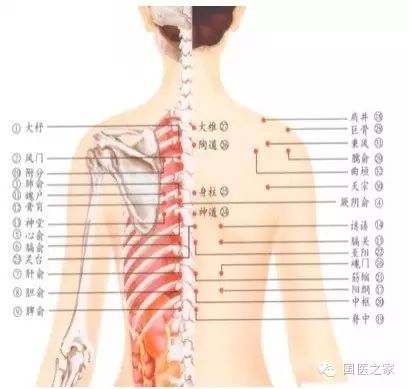
2. Harmonizing the Zang-Fu Organs: Cupping therapy connects the meridians with the internal Zang-Fu organs, thereby treating various organ diseases.
3. Unblocking the Meridians: Cupping therapy stimulates acupuncture points and the skin along the meridians through its warming mechanical stimulation and negative pressure suction, removing various pathogenic factors from the meridians, promoting the smooth flow of qi and blood, and nourishing the muscles and joints, thus treating various diseases.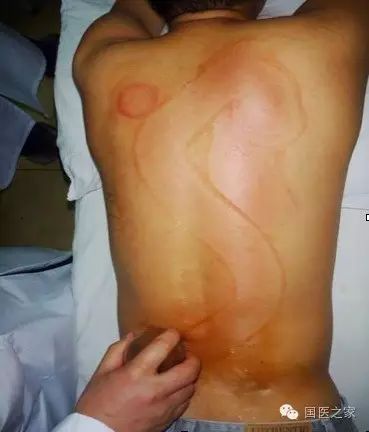
4 Indications for Cupping Therapy
1. Balancing Yin and Yang: Excess Yang leads to heat, while excess Yin leads to cold. Fever is a manifestation of excess Yang, while chills and aversion to cold are symptoms of excess Yin. Performing cupping around the Dazhui (大椎) area can dispel heat and treat febrile diseases, while cupping at the Guanyuan (关元) point can treat cold-related diseases.
2. Harmonizing the Zang-Fu Organs: Cupping therapy connects the meridians with the internal Zang-Fu organs, thereby treating various organ diseases.
3. Unblocking the Meridians: Cupping therapy stimulates acupuncture points and the skin along the meridians through its warming mechanical stimulation and negative pressure suction, removing various pathogenic factors from the meridians, promoting the smooth flow of qi and blood, and nourishing the muscles and joints, thus treating various diseases.
5 Post-Cupping Care
After each cupping session, the body experiences significant consumption and requires nutritional replenishment. It is recommended to drink a cup of warm water. If the treatment duration is prolonged, or if the patient is physically weak or elderly, the replenishment should be increased accordingly. For example, a homemade “Nourishing Drink” can be prepared using equal parts of Dang Gui (当归, Angelica Sinensis) and Huang Qi (黄芪, Astragalus Membranaceus), brewed like tea, and consumed after cupping. Additional ingredients like goji berries and jujubes can also be added. For those who are physically weak, this can be consumed regularly as a health tea.
Traditional Chinese Medicine Home
Gao Lei
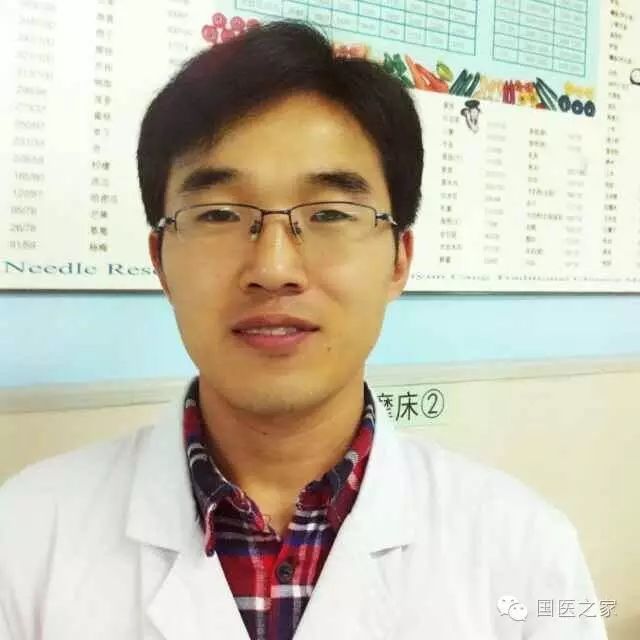
Clinic Hours:
Monday/Friday (Shipping Warehouse) 7:30-21:00
Tuesday/Saturday (Shipping Warehouse) 13:00-21:00
Wednesday/Sunday (Shipping Warehouse) 7:30-17:00
